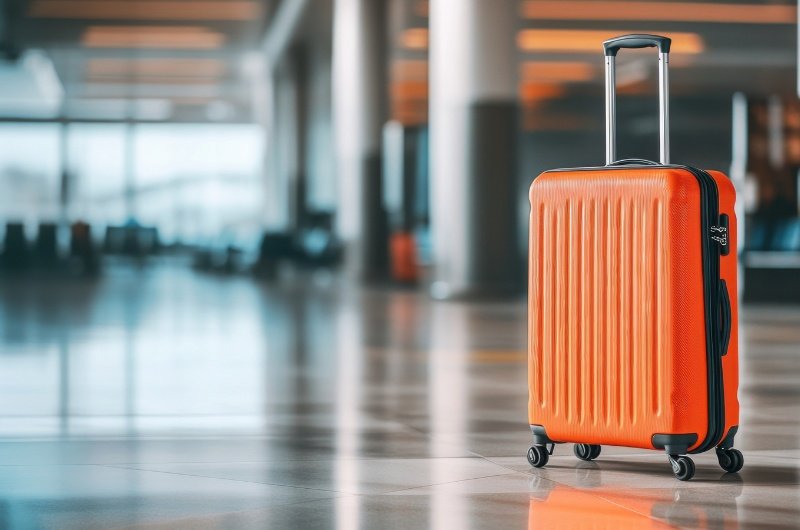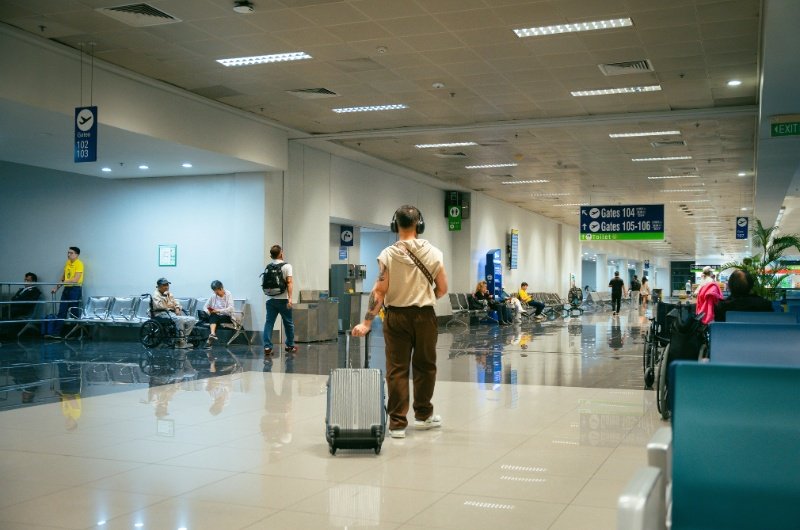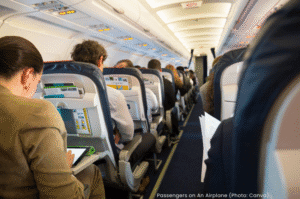
As millions of Americans prepare for holiday travel, the skies are showing early signs of stress. Between ongoing staffing shortages, lingering federal shutdown impacts, and weather-related challenges, flight disruptions are once again testing the patience of passengers — and the resilience of the airline industry.
A Perfect Storm in the Skies
The 2025 holiday travel season arrives amid a complex mix of operational strain and public frustration. Major U.S. airports are reporting longer-than-usual wait times, while airlines scramble to manage cascading schedule changes. Air-traffic-control staffing levels remain below pre-pandemic benchmarks, and mandatory overtime is creating fatigue within critical teams.
Even a single staffing gap can ripple across the system, forcing flight delays that snowball throughout the day. At the same time, unpredictable autumn weather in key hubs like Chicago, New York, and Denver has added uncertainty — turning ordinary travel days into logistical puzzles.
The Numbers Tell the Story
Industry trackers show hundreds of cancellations and thousands of delays nationwide on peak travel days. While many flights still operate smoothly, the margin for error has narrowed. When infrastructure, personnel, or weather fail to align, travelers feel the impact immediately — from missed connections to extended tarmac holds.
For business travelers and families alike, that means building in extra flexibility. Direct flights are still the most reliable option, while connections through congestion-prone hubs may invite risk.

What Airlines Are Doing — and What You Can Do
Airlines are adding standby crews, offering flexible rebooking options, and in some cases trimming non-essential routes to preserve reliability. But travelers also have a role to play. A handful of simple steps can make the difference between a delay and a derailment. Readovia recommends:
- Check flight status early and often. Use airline apps and live trackers for real-time updates.
- Arrive earlier than usual. Staffing shortages can slow security and boarding.
- Know your rights. Familiarize yourself with rebooking, refund, and delay-compensation policies.
- Pack strategically. Carry-ons minimize lost-luggage risk when connections change last-minute.
A Bird’s-eye View
For the airline industry, this moment is about restoring public confidence. The pandemic reshaped both workforce dynamics and traveler expectations, and passengers have grown less tolerant of operational chaos. As automation expands across scheduling, maintenance, and customer communication, airlines are being pushed to balance efficiency with accountability.
Meanwhile, for passengers, awareness is the best defense. Understanding why disruptions occur — and how to plan around them — transforms frustration into control.
The Takeaway
If you’re flying this holiday season, expect busier airports, tighter schedules, and less room for error. With preparation and flexibility, most trips will still go smoothly — but the era of guaranteed on-time travel has not yet returned.
For now, staying informed and staying calm may be the most important carry-ons you bring aboard.








